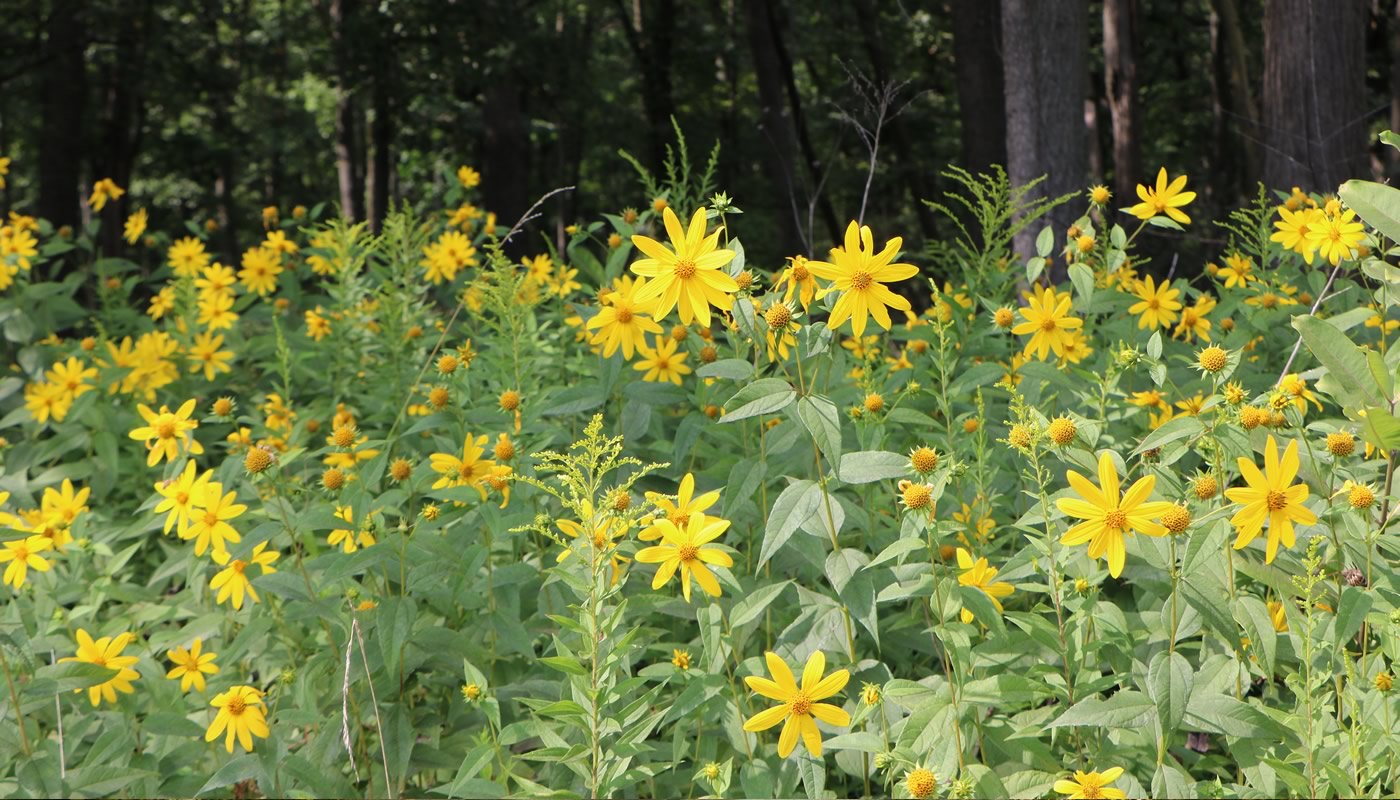Located in northeastern Cook County, Harms Flatwoods offers visitors a somewhat rare glimpse of this limited habitat type. Even rarer than the ecosystem is the exceptional quality of Harms Flatwoods, which has recently garnered this plot designation as an Illinois Nature Preserve.
“Flatwoods are just that – woods that are flat. Topographically, flatwoods are flat like a pancake, and lower than other areas, so they tend to be a wet woods – they’re similar to a very shallow wetland,” explains Chip O’Leary, deputy director of the Forest Preserves’ Resource Management department. “This particular flatwoods, one of few remaining good examples in the state of Illinois, is bordered by roads on all sides and is surprisingly surviving.” Harms Flatwoods occur on poorly drained flat glacial lake bottom sediment and more recently deposited river soils close to the water table. This level topography and shallow water table have produced ephemeral wetlands in small depressions throughout the site, which provide critical habitat for many plant and wildlife species, including amphibians, aquatic invertebrates and migrating birds.
Harms Flatwoods is an approximately 107-acre preserve consisting of high-quality flatwoods and mesic woodlands, and is home to white oak, swamp white oak, bur oak and red oak trees. Formal ecological management of the site began in the late 1970s. Today, Harms Flatwoods has benefited from years of restoration activity by dedicated volunteers and site stewardship, as well as habitat enhancement conducted by the FPCC.
Dedication of a site as an Illinois Nature Preserve provides the highest level of protection for land in Illinois, and is granted to natural areas of exceptional ecological quality. The Forest Preserves manages 23 dedicated nature preserves; the addition of Harms Flatwoods brings the Forest Preserves’ total Illinois Nature Preserve protected lands to approximately 6,514 acres.
According to O’Leary, visitors may find this Illinois Nature Preserve particularly enjoyable when spring wildflowers are in bloom or when the tree canopy is ablaze with autumn colors.

